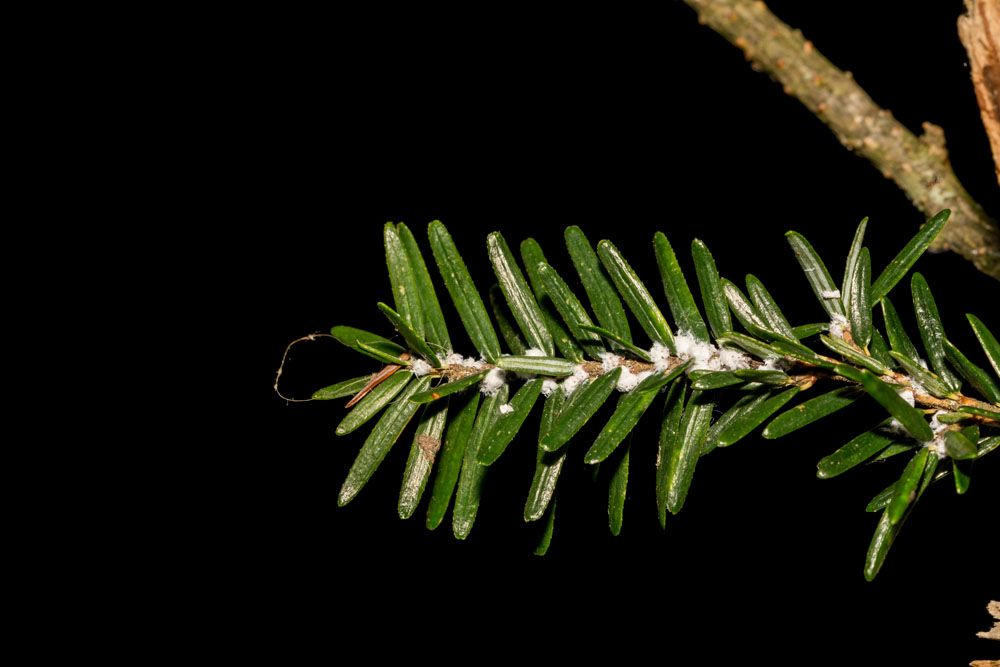
Sapsuckers
Sapsucker
The sapsucker bird is a member of the woodpecker family, but its name gives away why it drills into trees. Yellow-bellied, red-naped, red-breasted, and Williamson’s sapsuckers are all found in North America. The sapsucker bird’s name is a little deceiving. The birds drink the sap instead of sucking it. The hairlike appendages on the tips of their tongues work like a paintbrush, allowing them to swallow the oozy juice more efficiently. The yellow-bellied Sapsucker (Sphyrapicus varius) is a sap-loving woodpecker capable of wreaking havoc on landscape trees.
Damages caused by Sapsucker:
- They can cause significant damage to trees as they make holes in the trees in search of food. The tree can no longer transfer fluid up and down via the phloem and xylem if the number of holes formed by these feeding girdles it. This is especially true if the holes wrap the tree entirely.
- The Sapsucker’s food consists primarily of insects, although it is best recognised for the vast number of holes it makes in a tree’s trunk or prominent limbs. They do this to get sap from the tree and feed on the cambium layer as well. They whisk the sap out of the holes with their brushlike tongue. Sapsuckers are the only woodpecker species capable of causing such massive damage.
- Sapsucker damage may be observed on various ornamental and fruit trees, with pine, birch, maple, and apple being the most common targets. They drill a succession of holes in tree trunks or huge limbs in horizontal or vertical rows. These holes are positioned between branches because they lie vertically on the box or along the long axis of the stem. The Sapsucker utilises its brushlike tongue to pull up the sap, as well as any insects attracted to the fluid, as it seeps into the holes. Sapsuckers will regularly widen the holes and devour sections of the cambium, inner bark, and new sap.
- The boreholes will be in clean rows, either oriented vertically or horizontally, and holes will be 14 inches in diameter, indicating that Sapsuckers inflicted the damage. The Sapsuckers would frequently return to the same tree and deepen earlier holes to gather more sap. This behaviour may cause the tree to be girdled, resulting in its death.
How to Get Rid of Sapsuckers:
- Aluminium pie plates should be tied to trees where the yellow-bellied Sapsucker is busy making holes. Punch a hole in the aluminium plate’s edge using a nail. Tie one end of a thread to the plate through the hole and the other end to tree limbs. The birds will be deterred by the flash of the metal plate in the sun and the movement created by the wind.
- Windsocks should be placed across the property near trees where yellow-bellied sapsuckers can be found. With string, attach the windsocks to the edge of a structure, such as a home, barn, or outbuilding. Place the windsock so that it may move freely as the wind blows.
- When you notice sapsuckers, spray them with a garden hose. Spraying sapsuckers will not only irritate the birds but will also make them feel threatened and insecure. When a bird feels threatened, it is less likely to return.
- To prevent sapsuckers, place plastic owls in strategic areas across the landscape. Plastic owls may be found in feed and home supply stores. As a natural predator deterrent, identify the owls in trees or on surrounding structures.
- To keep the Sapsucker from destroying trees, make a lot of noise. Hold two shortboards together and clap them together loudly to scare away the sap-loving woodpeckers.
